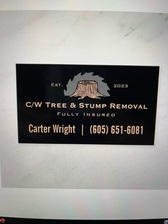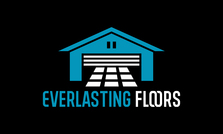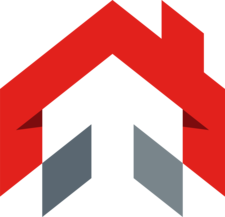
Get matched with top mulch and topsoil pros in Onida, SD
Enter your ZIP and get matched with up to 5 pros
Need a pro for your mulch and topsoil service project in Onida, SD?
Verified Reviews for Mulch And Topsoil Service pros in Onida, SD
*The Angi rating for Mulch And Topsoil Service companies in Onida, SD is a rating based on verified reviews from our community of homeowners who have used these pros to meet their Mulch And Topsoil Service needs.
*The HomeAdvisor rating for Mulch And Topsoil Service companies in Onida, SD is a rating based on verified reviews from our community of homeowners who have used these pros to meet their Mulch And Topsoil Service needs.
Last update on December 10, 2025
Find Mulch and topsoil pros in Onida
Affordable Quality
Affordable Quality
We have multiple crews that are able to respond quickly. We offer quality work for a fair price.
We have multiple crews that are able to respond quickly. We offer quality work for a fair price.
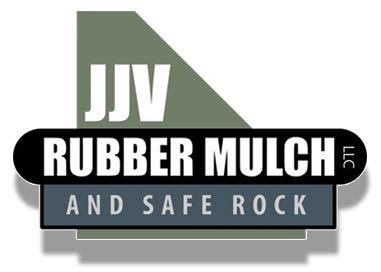
JJV Rubber Mulch and Safe Rock LLC
JJV Rubber Mulch and Safe Rock LLC
JJV Rubber Mulch and Safe Rock, stands poised and proud by providing rubber mulch products that utilizes NON-TIRE recycled rubber in the production process. JJV Rubber Mulch continues to offer a safe and clean alternative.
JJV Rubber Mulch and Safe Rock, stands poised and proud by providing rubber mulch products that utilizes NON-TIRE recycled rubber in the production process. JJV Rubber Mulch continues to offer a safe and clean alternative.
The Onida, SD homeowners’ guide to mulch and topsoil services
From average costs to expert advice, get all the answers you need to get your job done.

Find out how much a soil test costs and what you get for your money with our expert guide. Know what to budget for different types of soil tests.
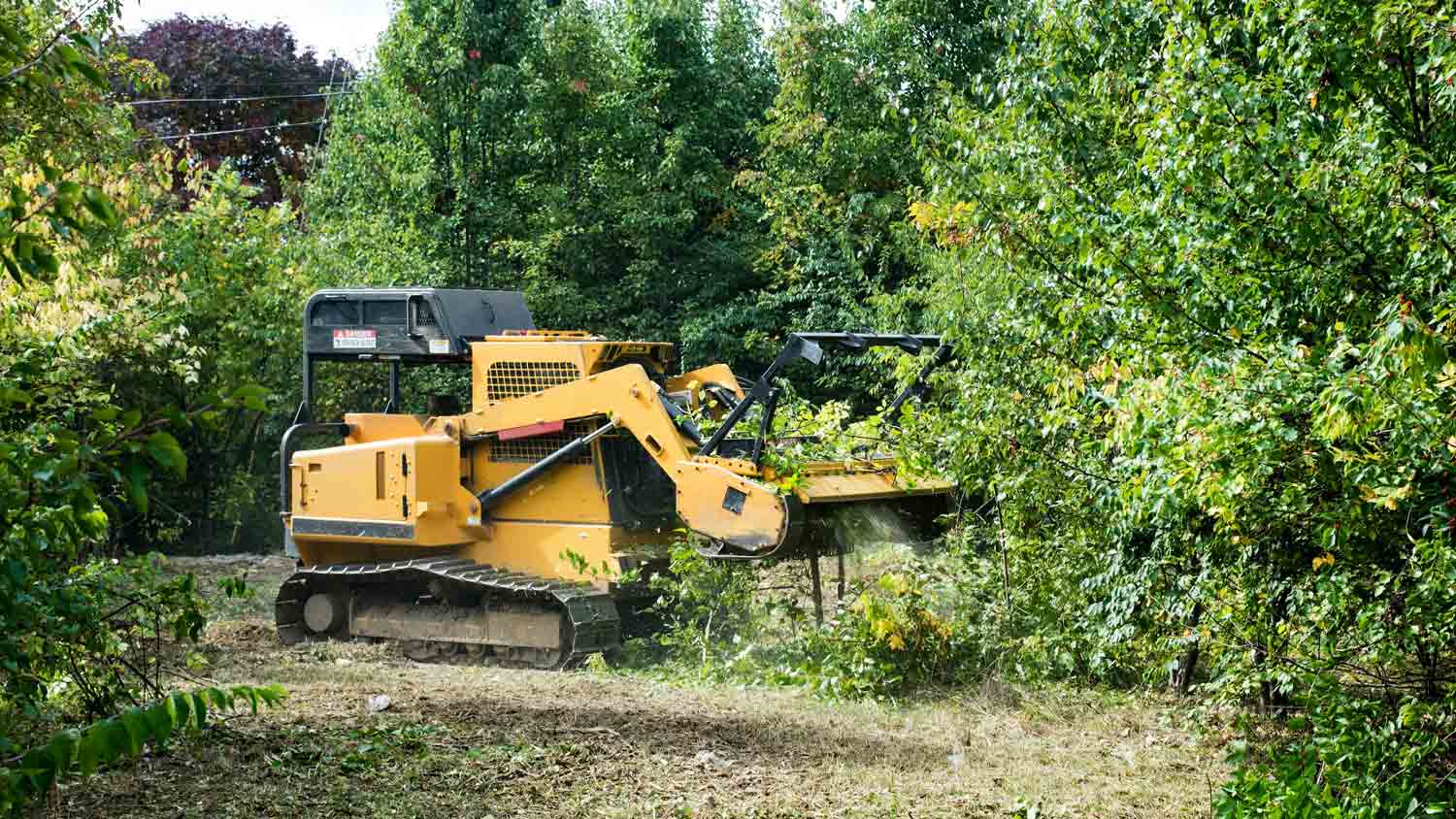 •
•Discover the average forestry mulching cost, including per-acre and hourly rates, plus key factors that impact your total price. Get expert tips to save on your project.
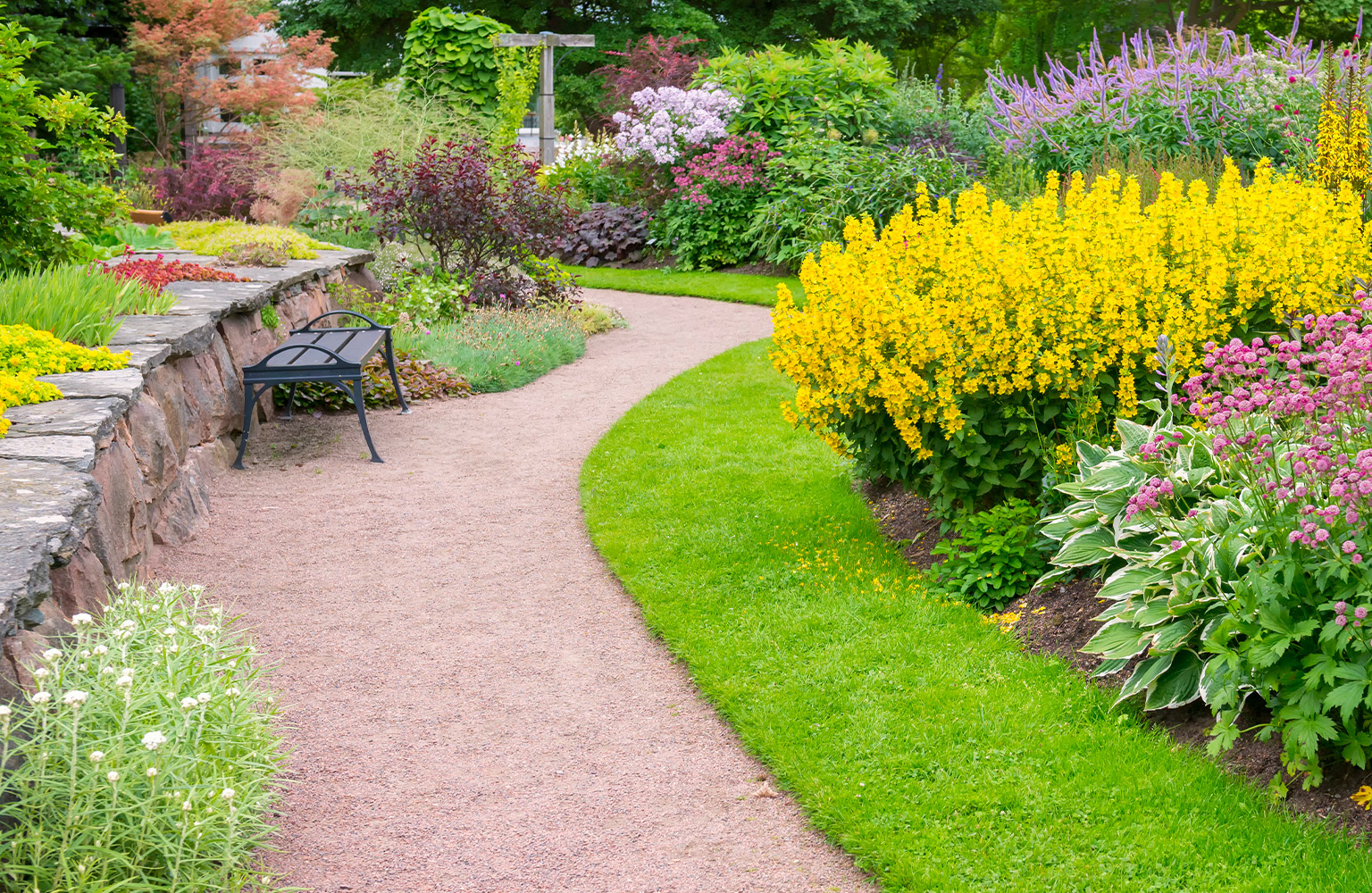 •
•Discover the average sand delivery cost, key price factors, and tips to save on your next project. Get transparent, up-to-date estimates for sand delivery.

Explore a guide to mulch versus rock landscaping. Uncover the pros, cons, costs, and more to shape a garden mirroring your style and landscaping needs.

Whether you should remove old mulch depends on your unique situation and personal preferences. Learn more about how to handle last season’s spread.
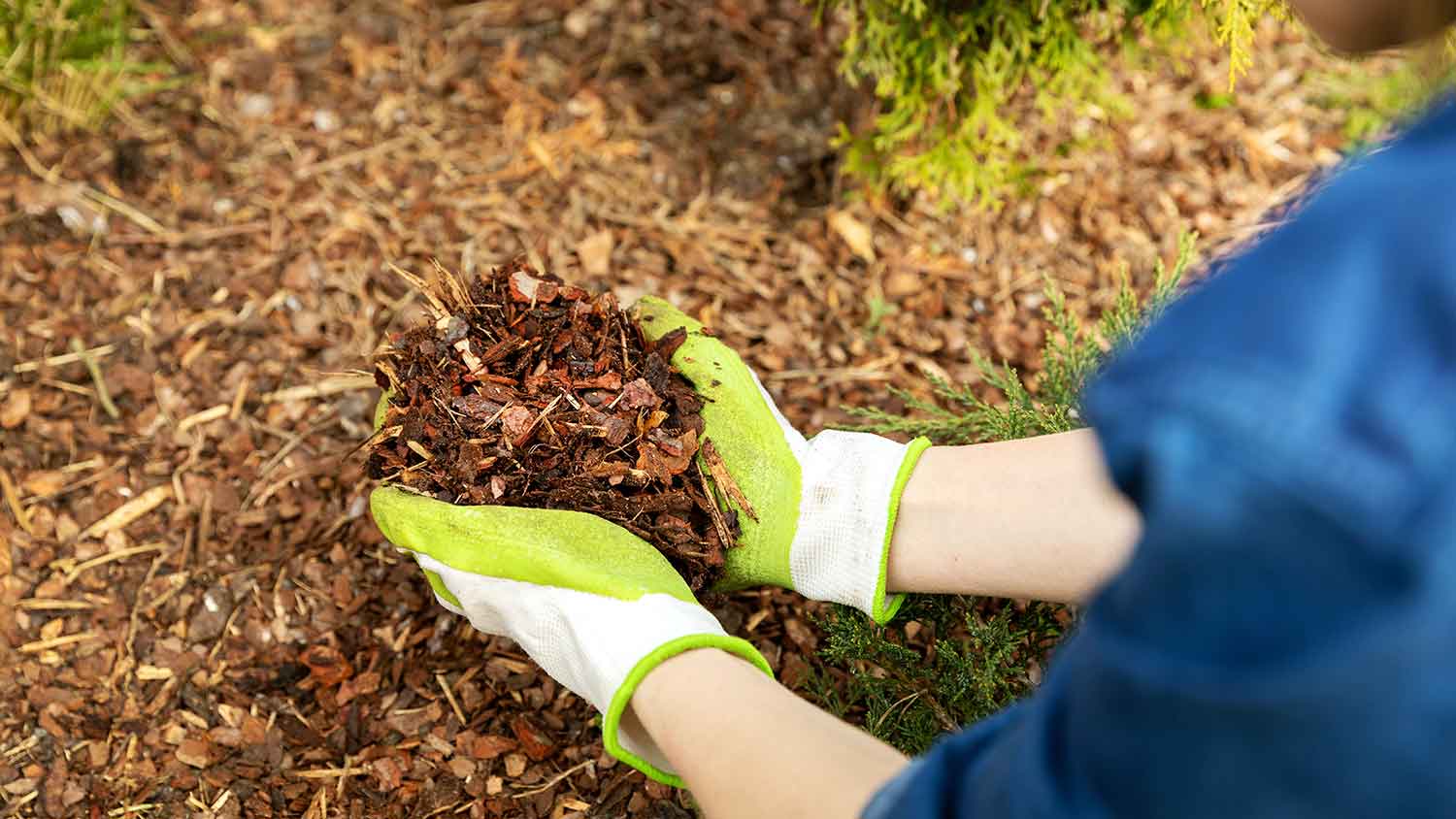 •
•Discover mulch removal cost estimates. Discover what influences pricing, compare DIY vs. professional services, and find expert tips to save on your mulch removal project.
- 🌱 "Mow a small front yard"
- 🛠 "Fix a leaking pipe under the sink"
- 🏠 "Repair shingles on an asphalt roof"
